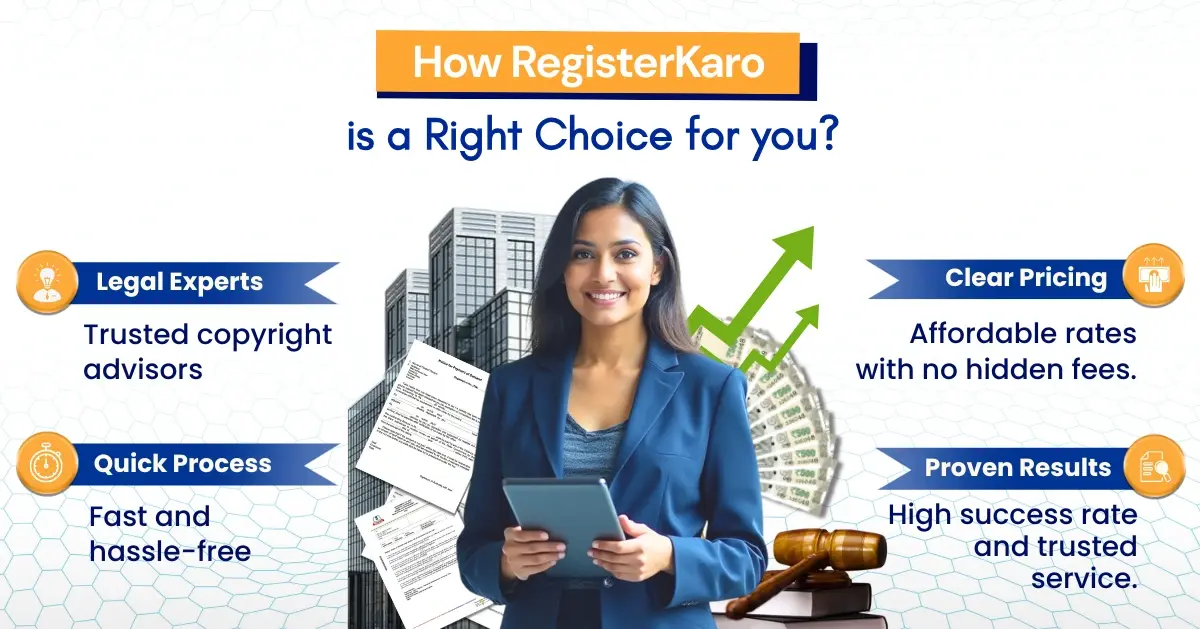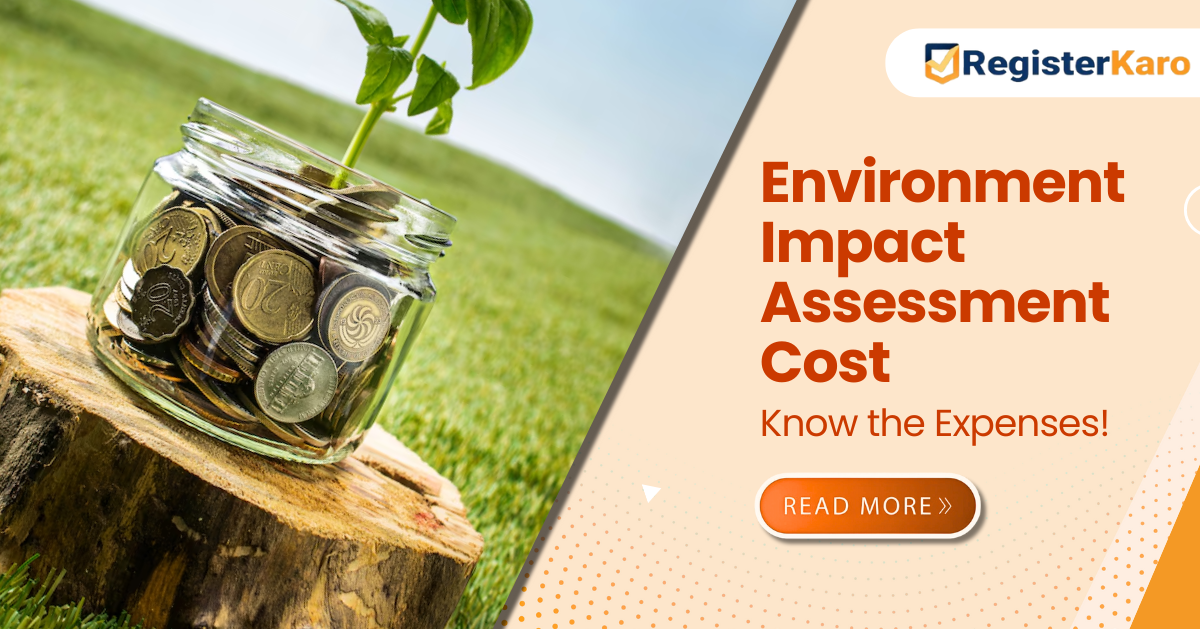The EIA Notification, 2006, provides a detailed list of projects requiring Environmental Clearance. Here are some broad categories:
1. Mining, Extraction, and Power Generation
This includes projects like coal washeries, mineral beneficiation, various types of mining, and thermal, nuclear, and hydroelectric power plants. Their extensive resource extraction and energy generation processes necessitate stringent environmental reviews.
2. Primary Processing and Materials Production
Projects involved in cement production, isolated storage and processing units for hazardous chemicals, petroleum refineries, and coke oven plants fall into this category. The nature of their raw materials and production processes poses significant environmental risks.
3. Manufacturing and Fabrication
This broad category encompasses industries like basic organic chemicals, synthetic organic chemicals, fertilizers, pesticides, pharmaceuticals, paint manufacturing, leather processing, and pulp & paper production. These sectors often involve complex chemical processes and waste generation.
4. Infrastructure and Service Sectors
Major ports, harbors, airports, national highways, municipal solid waste management facilities, and hazardous waste treatment, storage, and disposal facilities all require Environmental Clearance. Their large-scale operations have widespread implications.
5. Building and Construction Projects
Large townships, area development projects, and construction projects fall under the mandatory requirement for an environmental clearance certificate. These projects impact local ecosystems, water resources, and waste management.











